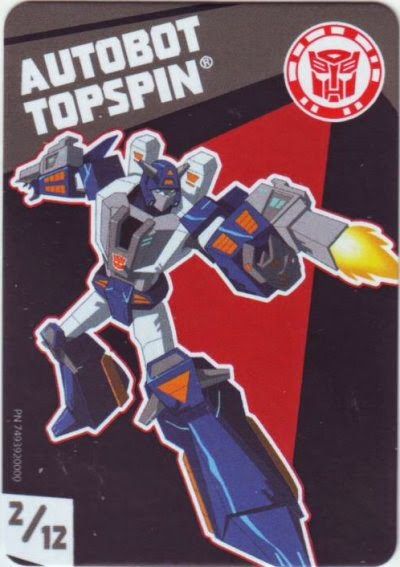Here is a blog post which I have re-posted as I have recently received some emails asking about the mighty Terex Titan dumptruck, so figured it would be a good time to re-visit this topic.
Back in the early 1970s if you were a plant and machinery fanatic like me, I guarantee you probably had a poster on your wall featuring the Terex 33-19 Titan dumptruck. My treasured poster came as a centre page spread in the popular title of the day, Speed & Power. This giant of the dumptruck world was developed and constructed by General Motors Terex division in London, Ontario, Canada during 1973.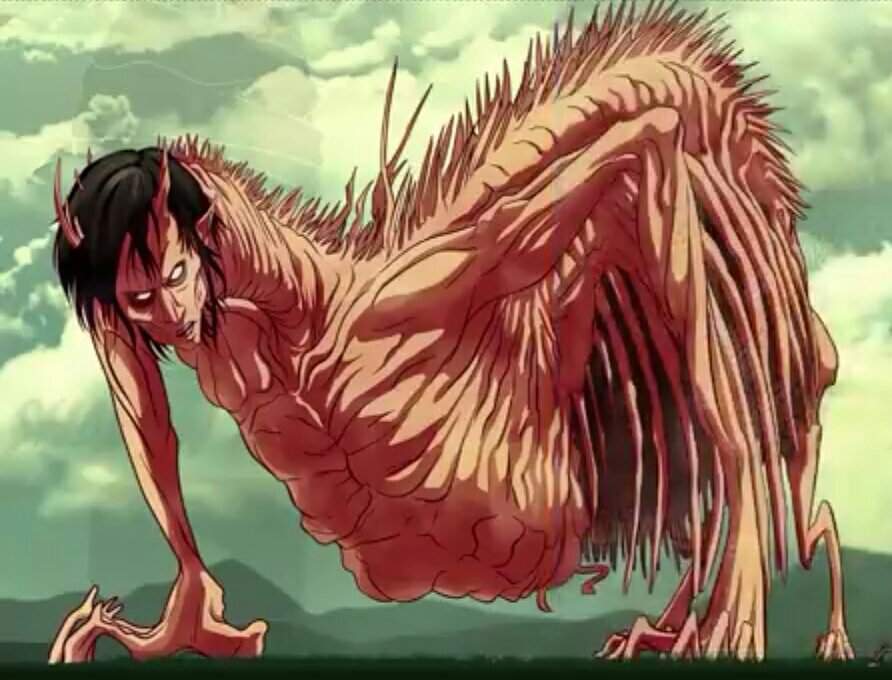 Only time will tell if the new big Belaz monster will be more than a one off truck, or indeed if it ever gets legendary status like the Titan.
Only time will tell if the new big Belaz monster will be more than a one off truck, or indeed if it ever gets legendary status like the Titan.
11 January 2023
10 January 2023
09 January 2023
LOADS MORE
Accept + close
 Scientists suspect the moon may have dust devils, just like Earth and Mars. (Image credit: NASA/JPL/University of Arizona)
Scientists suspect the moon may have dust devils, just like Earth and Mars. (Image credit: NASA/JPL/University of Arizona) Dust devils could be swirling around on Saturn's huge moon Titan , a new study reports.
If these dry whirlwinds do indeed s whip across Titan's surface, they may be the primary movers of dust on the far-off world.
Titan might, therefore, be more Mars-like than previously thought study lead author Brian Jackson, a planetary scientist at Boise State University in Idaho, said in a statement .
Related: Amazing Photos: Titan, Saturn's Largest Moon
"Mars' atmosphere is really, really dusty, and dust plays an important role in the climate," Jackson said. "Dust devils are probably, if not the dominant mechanism, one of the most important mechanisms for lofting the dust."
Titan's atmosphere is one and a half times the density of our planet's air and doesn't seem to host huge, gusty winds, Jackson said.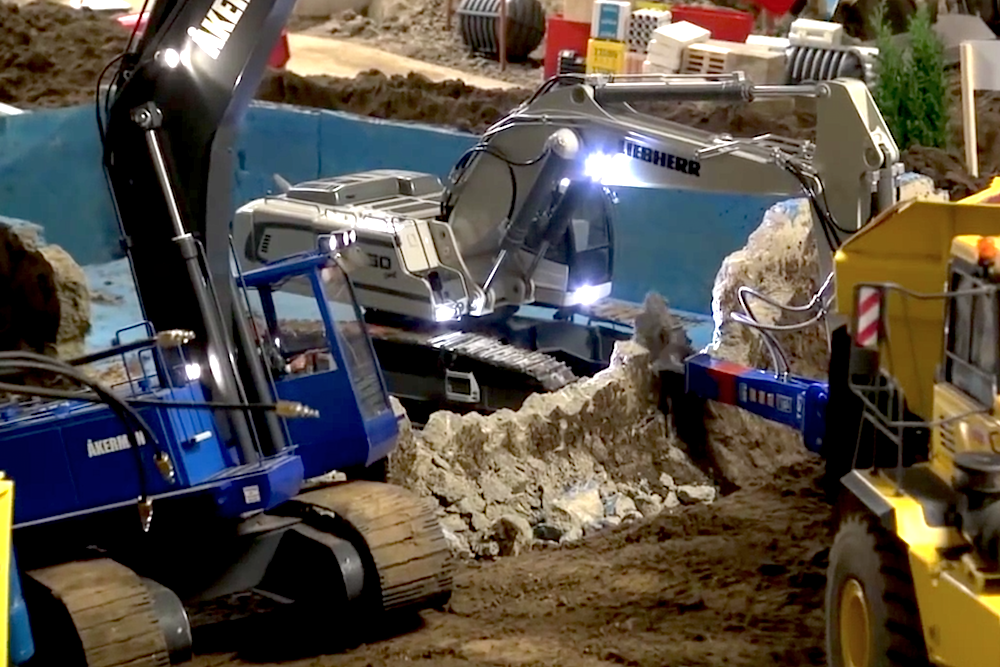
"It's just this enormous, puffy atmosphere," he said."When you've got that much air, it's hard to get it churning. So, you just don't usually get big winds on the surface of Titan so far as we know."
Therefore," unless there is a big storm rolling through, there's probably not that much wind, and so dust devils may be one of the main dust transport mechanisms on Titan — if they exist," Jackson said.
He and his colleagues applied meteorological models to 2005 Titan data gathered by NASA's Cassini spacecraft, which observed the moon repeatedly during its tour of the Saturn system from 2004 to 2017.
Previous studies have confirmed that there is dust — likely composed of organic material — actively blowing around on Titan's surface. In applying their models, the research team found that the conditions on the surface of Titan could be conducive to dust devils. This could inform our understanding of erosion and how winds distribute different materials on the world and in its atmosphere, the researchers said in the study .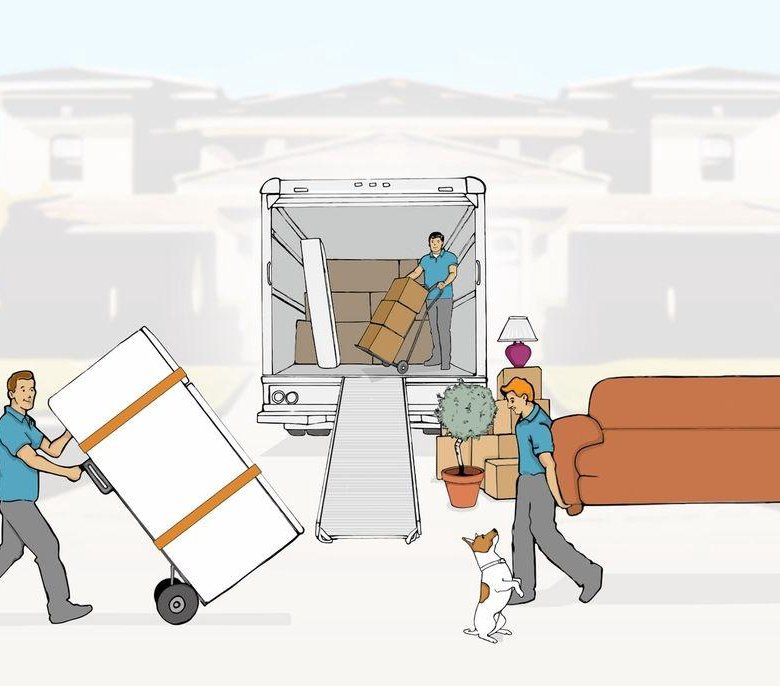
The researchers also noted that "when we plug the numbers in for how much dust the dust devil ought to lift based on the wind speeds we see, they seem to be able to lift more dust than we would expect," Jackson said in the same statement. So it's possible that "there may be some other mechanism which is helping them pull this dust — or the equations are just wrong."
So, this work doesn't confirm whether or not there are dust devils on Titan; it only shows that the conditions on the moon's surface could support them. However, in the not-too-distant future, data from NASA's Dragonfly mission could confirm whether or not these dust whirlwinds are, in fact, swirling around on the moon. (Dragonfly is scheduled to launch in 2026 and land on Titan in 2034.)
Also, while Dragonfly is likely to encounter these dust devils (if they do exist), they "are unlikely to pose a hazard to the mission," according to the researchers in the study.
This work was published March 3 in the journal of Geophysical Research.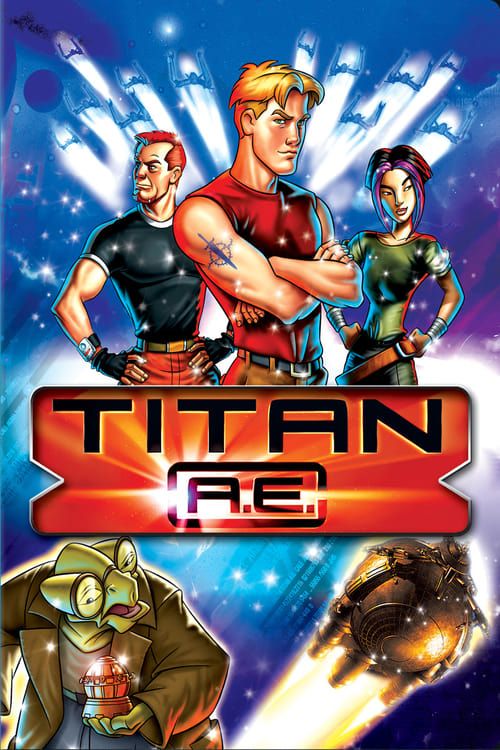
Follow Chelsea Gohd on Twitter @chelsea_gohd. Follow us on Twitter @Spacedotcom and on Facebook.
Join our Space Forums to keep talking space on the latest missions, night sky and more! And if you have a news tip, correction or comment, let us know at: [email protected].
Chelsea “Foxanne” Gohd joined Space.com in 2018 and is now a Senior Writer, writing about everything from climate change to planetary science and human spaceflight in both articles and on-camera in videos. With a degree in Public Health and biological sciences, Chelsea has written and worked for institutions including the American Museum of Natural History, Scientific American, Discover Magazine Blog, Astronomy Magazine and Live Science.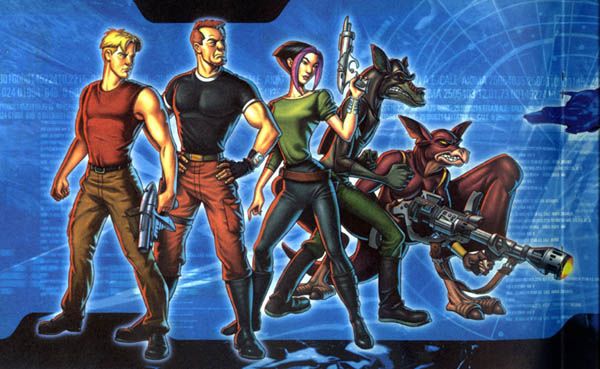 When not writing, editing or filming something space-y, Chelsea "Foxanne" Gohd is writing music and performing as Foxanne, even launching a song to space in 2021 with Inspiration4. You can follow her on Twitter @chelsea_gohd and @foxannemusic.
When not writing, editing or filming something space-y, Chelsea "Foxanne" Gohd is writing music and performing as Foxanne, even launching a song to space in 2021 with Inspiration4. You can follow her on Twitter @chelsea_gohd and @foxannemusic.
Backhoe loader has become, perhaps, the most popular earthmoving machine. Most often there are domestic machines based on universal tractors. In recent years, tractor builders (we can say with confidence about the Minsk plant) have begun producing modifications with an adapted cab with a flat floor and a swivel chair.
Imported backhoe loaders are no longer a rarity, the segment of imported vehicles is growing very rapidly, and the market has the peculiarity that they choose either the most affordable Russian or Belarusian car, or a functionally rich, comfortable and aesthetic foreign car with all-wheel drive, two or three steering modes, double-jaw loading bucket, telescopic handle. Additional conveniences for the operator are not excluded, the term “driver” or “mechanic operator” somehow does not fit with a foreign car. If you are going to spend money, then get the most out of it. But practical considerations are not discarded either. The working equipment controls, as a rule, are chosen by levers with a mechanical connection, and hydraulic pumps are geared: it is easier, faster and cheaper to repair with them. nine0003
Additional conveniences for the operator are not excluded, the term “driver” or “mechanic operator” somehow does not fit with a foreign car. If you are going to spend money, then get the most out of it. But practical considerations are not discarded either. The working equipment controls, as a rule, are chosen by levers with a mechanical connection, and hydraulic pumps are geared: it is easier, faster and cheaper to repair with them. nine0003
Leaders have been identified among the suppliers of imported equipment. This is the British private company JCB, which has long been associated exclusively with backhoe loaders, New Holland is rapidly gaining momentum, Caterpillar, which still cannot get ahead, Komatsu and Volvo, the first focused on bulldozers, and the second on articulated dump trucks. In addition to them, Terex, Case, Hydromec, Dressta are represented in Russia, but their sales do not affect the market.
Starting in 2004, JCB has radically updated and expanded its most popular product line. The Mini CX was added to the main 1CX, 2CX, 3CX and 4CX models in 2004. The following year, it was introduced to the new generation 3CX and 4CX with an engine of its own production JCB 444. A month before BAUMA 2007, a conceptually new Midi CX backhoe loader was presented at the PRE-BAUMA "home" event. nine0003
The Mini CX was added to the main 1CX, 2CX, 3CX and 4CX models in 2004. The following year, it was introduced to the new generation 3CX and 4CX with an engine of its own production JCB 444. A month before BAUMA 2007, a conceptually new Midi CX backhoe loader was presented at the PRE-BAUMA "home" event. nine0003
Today, the model range includes six basic models, the number of modifications exceeds two dozen. So, the most popular 3CX model is supplied in six modifications, differing in engine power, working equipment (single- or double-jaw loading bucket, with or without an excavator telescopic handle), wheel size on the front axle and steering. With the same wheels on both axles and three-mode steering, 3CX Super modifications are supplied. Modifications of the 2CX family, very popular at home, are more diverse. There are options where a compressor or a three-point linkage mechanism and PTO are installed instead of excavator equipment. nine0003
The main feature of the new generation 3CX and 4CX backhoe loaders, whose deliveries to Russia began in the same 2005, is, of course, the JCB 444 engine (4 cylinders, 4.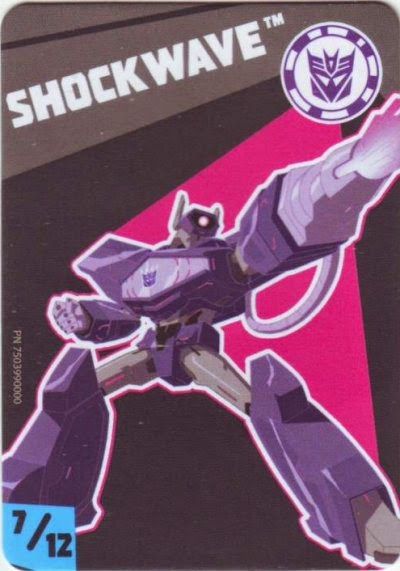 4 l), which received the sonorous Dieselmax brand. The basis of the current line are engines with Bosch Common Rail fuel system. Until the end of 2007, the last model with mechanical injection continued to be produced, which also meets the requirements of Stage 3A/ Tier 3. Dieselmax engines develop maximum torque at 1300 min-1, and the speed is limited to 2200 min-1. Lots of torque at low speeds was one of the key criteria and reasons that drove JCB to invest heavily in development and production. Torque gives the machine the power it needs to perform heavy duty applications at low speeds, allowing fast response to load changes, shortening cycle times and reducing noise. The engine is massive and tough. A cast iron cylinder block with cylinders bored in it is coupled from below with a cast iron crankshaft support. The block head is also monolithic and made of cast iron. The engine is aggregated with a new torque converter with auto-lock, designed for more torque. The pressure in the hydraulic system was increased by 10%, which not only increased the carrying capacity and breakout force, but also made it possible to reduce the dimensions and weight of the hydraulic system components.
4 l), which received the sonorous Dieselmax brand. The basis of the current line are engines with Bosch Common Rail fuel system. Until the end of 2007, the last model with mechanical injection continued to be produced, which also meets the requirements of Stage 3A/ Tier 3. Dieselmax engines develop maximum torque at 1300 min-1, and the speed is limited to 2200 min-1. Lots of torque at low speeds was one of the key criteria and reasons that drove JCB to invest heavily in development and production. Torque gives the machine the power it needs to perform heavy duty applications at low speeds, allowing fast response to load changes, shortening cycle times and reducing noise. The engine is massive and tough. A cast iron cylinder block with cylinders bored in it is coupled from below with a cast iron crankshaft support. The block head is also monolithic and made of cast iron. The engine is aggregated with a new torque converter with auto-lock, designed for more torque. The pressure in the hydraulic system was increased by 10%, which not only increased the carrying capacity and breakout force, but also made it possible to reduce the dimensions and weight of the hydraulic system components.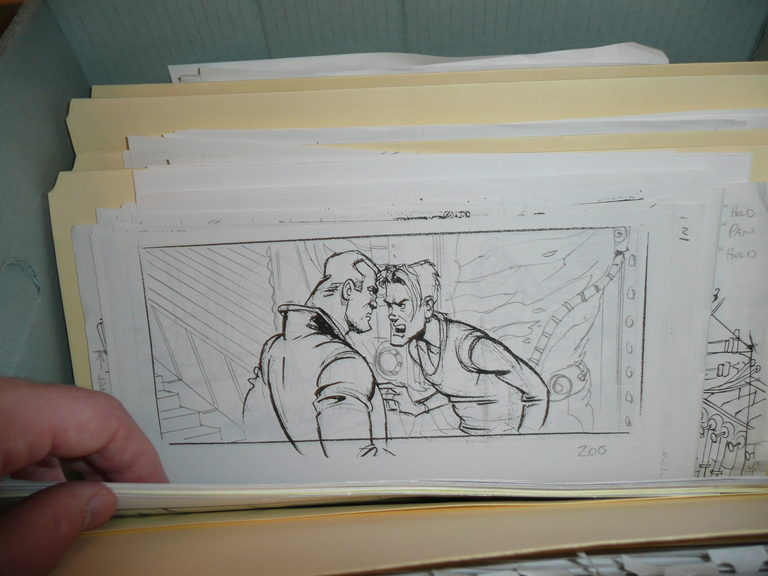 nine0003
nine0003
The appearance has also undergone changes, and not only decorative ones. The composite hood has been replaced by a one-piece hood that rises to the cab. The cockpit, which looks the same as the 2002 model range, has some internal improvements. So, the steering column has become narrower and the same width as the hood. The front wheels and boom are clearly visible. The interior of the cab, as always with JCB, is distinguished by a catchy design, made in gray and black tones with aluminum effect inserts. There are two options for control systems for working equipment - lever and multifunctional joysticks. Joysticks are built into the armrests and rotate with the chair - you can work by turning the chair sideways. nine0003
The 2CX family, which includes six main modifications, differs from the "older" models in overall dimensions, carrying capacity and cab of the 1997 model. 2CX machines are compact and maneuverable - all wheels are steerable. All 2CX modifications are supplied with wheels of the same size on both axles.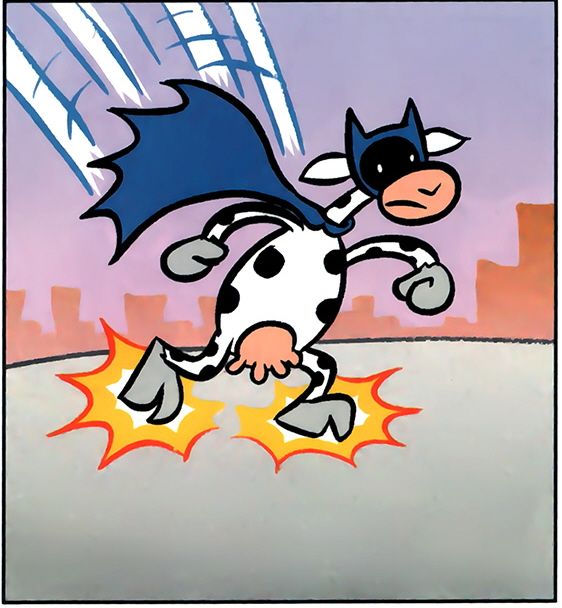 The smallest 1CX model shares similarities with the Robot skid steer loader - skid steer and hydrostatic transmission, but the 1CX has a front-engine, elevated workspace and roomy enough for a swivel seat. The skid steer concept offers significant agility advantages – turning on the spot. JCB has backhoe attachments for Robot loaders, but the 1CX is designed to be a complete backhoe loader. Model 1CX is available with both open and glazed cabs. A novelty for 2007 is the Midi CX backhoe loader, which, according to the developers, occupied a technological niche between 1CX and 2CX. Exactly the same outwardly as 2CX and 3CX, the novelty contains many original technical solutions. First of all, it is a quick-detachable excavator hitch. The boom, frame with supports and control levers are made in the form of a single unit, which the operator can remove and install other equipment in a few minutes, including agricultural equipment - the machine is equipped with a rear power take-off shaft and hydraulic connectors, a creeper will be installed on request.
The smallest 1CX model shares similarities with the Robot skid steer loader - skid steer and hydrostatic transmission, but the 1CX has a front-engine, elevated workspace and roomy enough for a swivel seat. The skid steer concept offers significant agility advantages – turning on the spot. JCB has backhoe attachments for Robot loaders, but the 1CX is designed to be a complete backhoe loader. Model 1CX is available with both open and glazed cabs. A novelty for 2007 is the Midi CX backhoe loader, which, according to the developers, occupied a technological niche between 1CX and 2CX. Exactly the same outwardly as 2CX and 3CX, the novelty contains many original technical solutions. First of all, it is a quick-detachable excavator hitch. The boom, frame with supports and control levers are made in the form of a single unit, which the operator can remove and install other equipment in a few minutes, including agricultural equipment - the machine is equipped with a rear power take-off shaft and hydraulic connectors, a creeper will be installed on request. The main loading bucket is also made removable. Midi CX is compatible with a wide range of attachments available for 2CX, 803 mini excavator and Robot loaders. Hydrostatic transmission with all-wheel drive provides stepless acceleration up to 26 km / h. She also made it possible to implement a dense layout of a compact machine. The Midi CX is powered by a 38 kW 4-cylinder diesel engine. The new backhoe loader will be produced in two versions - with a ROPS / FOPS canopy and a glazed cab. For the first option, an excavator hitch with lever control is provided, for the second - with a joystick. The public saw the first Mini CX backhoe loader at BAUMA 2004. At BAUMA-2007, the Mini CX 4x4 Series II was presented without fanfare. The Mini is powered by a 3-cylinder diesel engine, the transmission is hydrostatic, the 2004 model has rear-wheel drive, the 2007 model has all-wheel drive, the front wheels are steered. The Mini is equipped with a JCB 8015 excavator arm, so the full range of equipment for mini excavators is available to it.
The main loading bucket is also made removable. Midi CX is compatible with a wide range of attachments available for 2CX, 803 mini excavator and Robot loaders. Hydrostatic transmission with all-wheel drive provides stepless acceleration up to 26 km / h. She also made it possible to implement a dense layout of a compact machine. The Midi CX is powered by a 38 kW 4-cylinder diesel engine. The new backhoe loader will be produced in two versions - with a ROPS / FOPS canopy and a glazed cab. For the first option, an excavator hitch with lever control is provided, for the second - with a joystick. The public saw the first Mini CX backhoe loader at BAUMA 2004. At BAUMA-2007, the Mini CX 4x4 Series II was presented without fanfare. The Mini is powered by a 3-cylinder diesel engine, the transmission is hydrostatic, the 2004 model has rear-wheel drive, the 2007 model has all-wheel drive, the front wheels are steered. The Mini is equipped with a JCB 8015 excavator arm, so the full range of equipment for mini excavators is available to it. Mini CX is actually a toy and is not yet of interest to the Russian market. nine0003
Mini CX is actually a toy and is not yet of interest to the Russian market. nine0003
What is JCB preparing? For two years at "home" exhibitions they show a conceptual model of the excavator-"telescope" 4CX TM, and it is not a fact that in 2008 the concept will be embodied in a serial model. The machine carries a two-section telescopic boom in front, which is located along the axis of the machine over the hood. To arrange the car in this way, the engine was moved down, the wheelbase was increased and an elongated boom head was used. Loader capacity - 2.5 tons, lifting height - 5.2 m. Behind the machine - "ordinary" excavator equipment. nine0003
L. Malyutin
Rent of special equipment / Information / Articles / Types of earthmoving equipmentTypes of earthmoving equipment
The variety of excavation works dictates the need for a large number of equipment with different specifications. In the article, we intend to talk about the main varieties of earthmoving machines, as well as give a brief description of each type.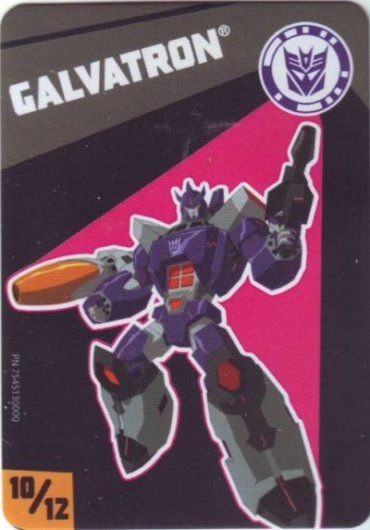
They are one of the most sought after varieties of earthmoving machines. The excavator is capable of developing soils and loading bulk materials using a bucket mounted on a powerful hydraulic boom. The main type of excavator equipment used today is one- and two-bucket machines on a wheeled or tracked chassis, equipped with a diesel engine.
These machines are designed for layer-by-layer excavation and transport over short distances. Depending on the design, there are bulldozers with swivel and non-swivel blades. In a separate category, machines with a blade consisting of two halves articulated with hinges should be distinguished. Bulldozers can be equipped with additional equipment - a ripper, expander, slopes and other devices. nine0003
This technique is an earth-moving machine used for removing soil layers, as well as transporting and filling them into earthworks. Scrapers are characterized by high power and productivity, which allows them to be used for working with soils of almost any type. Modern industry produces many modifications of machines of this type, differing in weight, carrying capacity, chassis type, bucket design and rock unloading method. nine0003
Modern industry produces many modifications of machines of this type, differing in weight, carrying capacity, chassis type, bucket design and rock unloading method. nine0003
These machines are designed for leveling and profiling sites, leveling and transporting soil, snow masses and bulk building materials. The main working tool of a motor grader is a blade with a knife fixed on the frame. The operator can raise and lower the blade, as well as rotate it about the horizontal and vertical axis of the machine. For grinding hard coatings, the graders are additionally equipped with scarifiers.
Applied equipment:
Wheeled excavator CASE 988
Bucket capacity: 1 m3
Digging depth: 6.5 m.
Weight: 18 tons.
Engine power: 129 HP. / 95.2 kW
Rent in the cities: Moscow, Balashikha, Lyubertsy, Mytishchi
1800Average price
ViewOrder
Wheel excavator HITACHI 200
Bucket volume: 1 cubic meter.